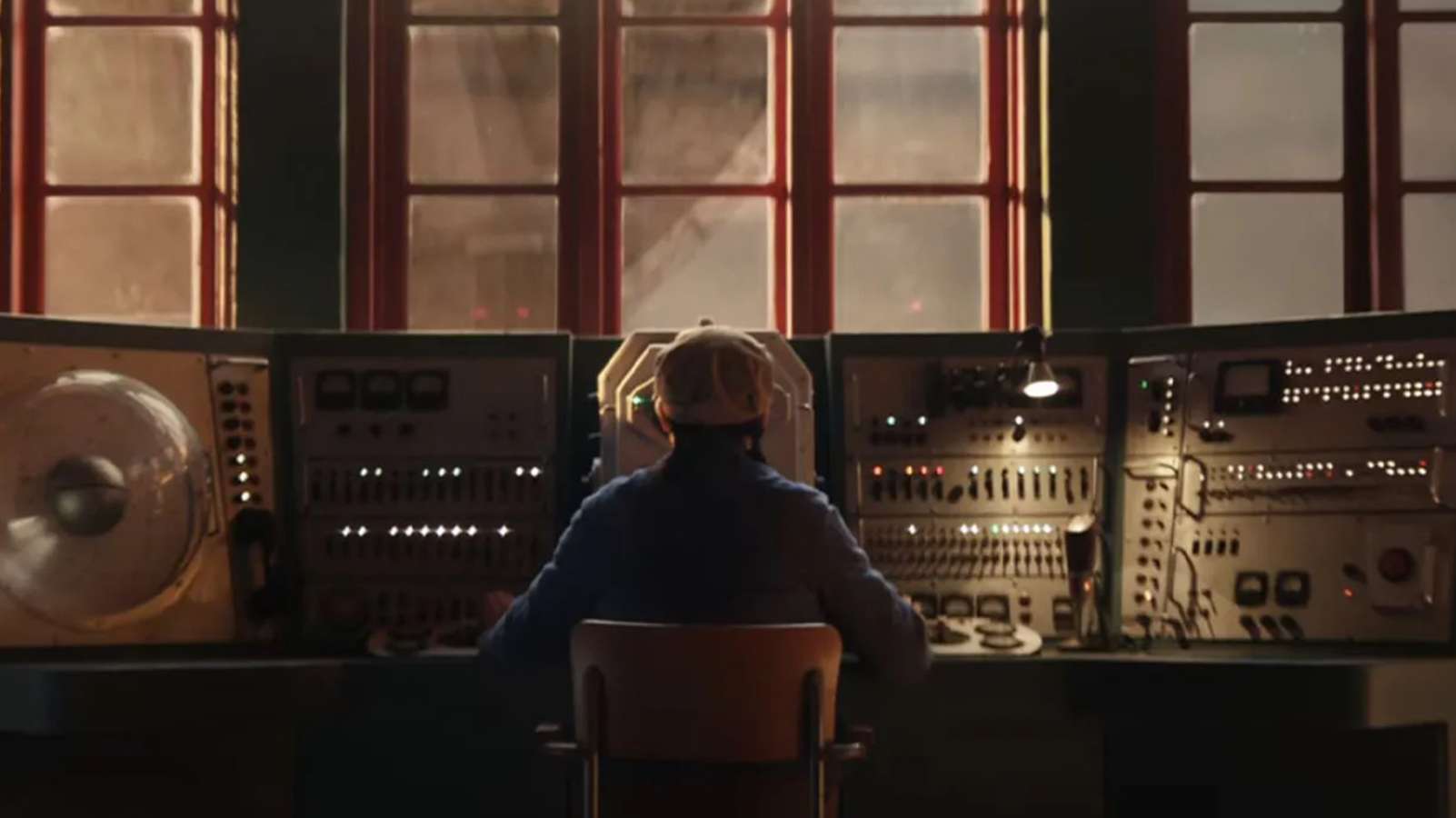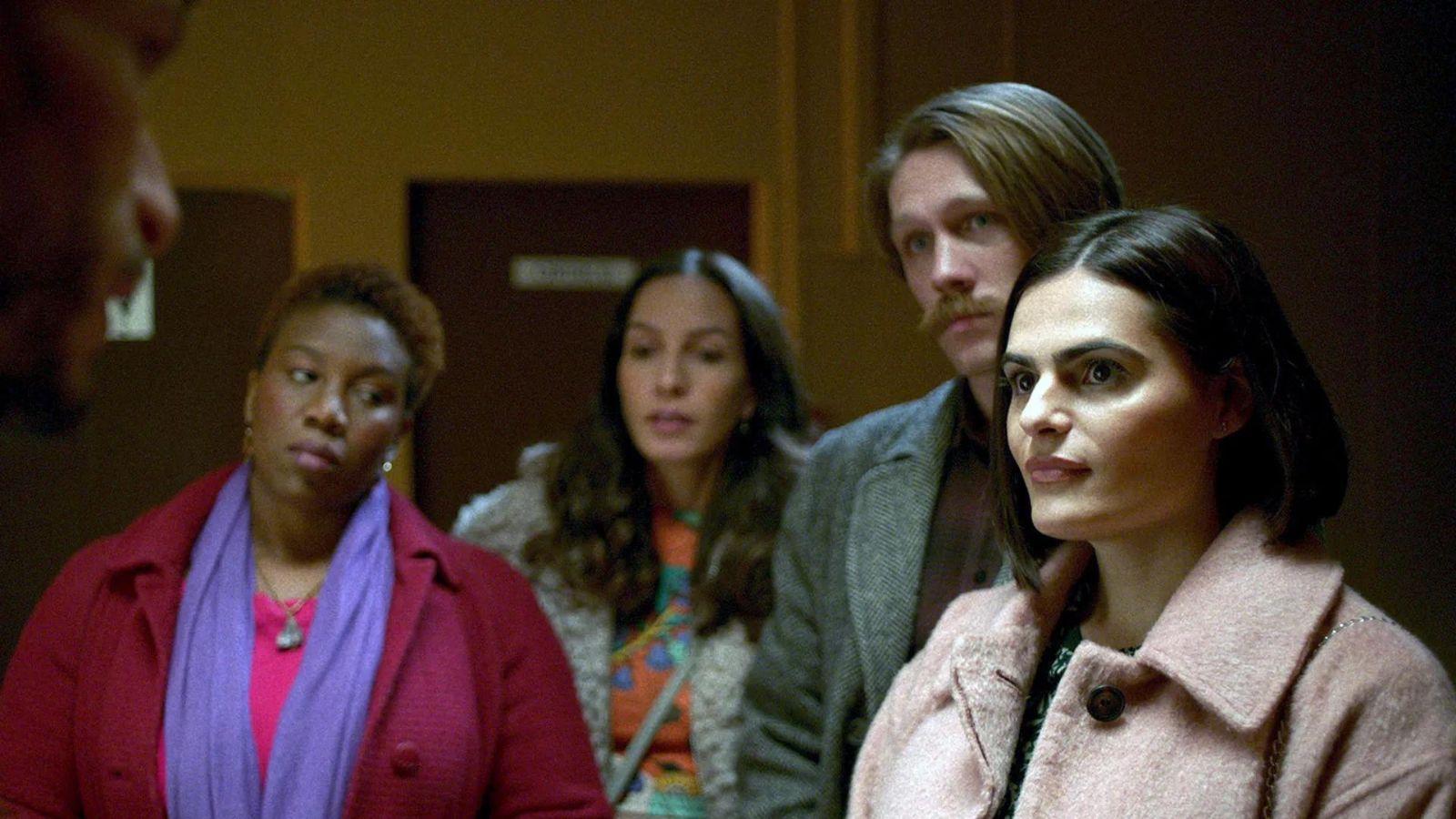Biggest differences between 3 Body Problem Netflix series and the books
 Netflix
NetflixWhat are the biggest differences between the 3 Body Problem books and Netflix adaptation? Here’s a rundown of some of the most significant changes made to the Westernized interpretation of the series.
Bringing fictional tales from books to the screen is no small feat. With often thousands of pages of source material to sift through, visualize, and make real, it can typically lead to quite a few changes when production kicks off.
Be it condensing certain storylines, removing characters entirely, or even making key changes altogether, we’ve seen it all in the past and Netflix’s 3 Body Problem is no different. Ex-Game of Thrones showrunners have sought to bring Chinese author Liu-Cixin’s acclaimed ‘Remembrance of Earth’s Past’ sci-fi trilogy to life, though in the process, have changed a great deal.
From relocating the story out of China to altering the timeline and rushing certain events forward, there’s plenty of distinction between the show and the books. So here’s a breakdown of some of the biggest differences in the 3 Body Problem adaptation. Warning: spoilers ahead.
3 Body Problem books: The Oxford Five
Jin Cheng, Saul Durand, Auggie Salazar, Jack Rooney, and Will Downing. These characters, collectively known as the ‘Oxford Five’, are all completely new characters not present in the 3 Body Problem books.
While some of them share similarities with various figures found across the three novels, which we’ll detail further below, they’re all presented as new characters with their own backgrounds, personalities, and relationships.
This is all by design to help Westernize the Netflix adaptation of the story. Pivoting away from an almost exclusively Chinese cast in the books and setting the live-action portrayal mainly in the UK, the show helps a Western audience connect with the plot in a brand new way.
Characters presented in the books aren’t exactly designed to be likable, but rather just to advance the plot. The novels cycle through dozens of characters in short order, leaving seemingly important figures behind as though they’ve simply served their role in the overarching plot. Meanwhile, the show ties threads together, giving characters more importance while emphasizing their relationships with one another.
Nowhere is this more present than with the group we come to know as the Oxford Five.
 Netflix
NetflixTrisolarans vs San-Ti
A smaller change in the Netflix version of 3 Body Problem is the very name of the alien race barrelling toward Earth. In the books, we know the other species is fleeing the planet known as Trisolaris, thus we know of its inhabitants as the Trisolarans.
In the Netflix series, however, the aliens have been renamed. Here, they’re referred to as the San-Ti, and we never quite learn the name of their homeworld.
There’s currently no telling why this particular change was made from the books, though perhaps it’s something that may come into play in future seasons of the show.
Order of operations
To help the flow of the Netflix adaptation, the order of various events from the 3 Body Problem books has been adjusted. While some ideas take hundreds of years to form in the books, we see a bunch expedited in the show to keep the momentum flowing.
 Netflix
NetflixTake the Staircase Project, for instance. While this particular scheme, designed to launch a probe toward the advancing alien fleet, doesn’t come into focus until the third and final book, we see the plan in motion in the Netflix show.
Similarly, we don’t quite hear of a human-presenting manifestation of the Sophons until much later in the books. We see this version of the alien technology right away in the live-action series.
While the former can be explained due to the pivot to a more character-focused story, the latter appears to be a way of simplifying some of the more lofty sci-fi themes in the show. By giving a human-looking form, much of the show’s harder-to-grasp ideas can be a bit easier to digest.
Wallfacer Project pivot
Another major difference between the books and the Netflix series comes in relation to the Wallfacer Project.
 Netflix
NetflixIn the books, we know the all-important Wallfacer role is given to four distinct individuals, all with diverse backgrounds, skills, and life experiences. In the show, however, only three individuals are given the role.
Exactly why this reduction was made, we’re not quite certain. Though one theory could simply be time constraints with future seasons. Fully mapping out the four distinct characters and their grand designs could just be too tall an order for a show with a limited run time.
On a similar note when it comes to condensing this aspect of the 3 Body Problem books, we also learn Saul Durand is given the Wallfacer role in the finale. Rather than introducing us to a new character in Luo Ji, Durand is effectively merged together with this other role, extending his importance in the adaptation.
3 Body Problem is now available to stream on Netflix. Read our review, find out more about the cast, whether you need to read the books before, and catch up with other amazing TV shows to stream this month.



